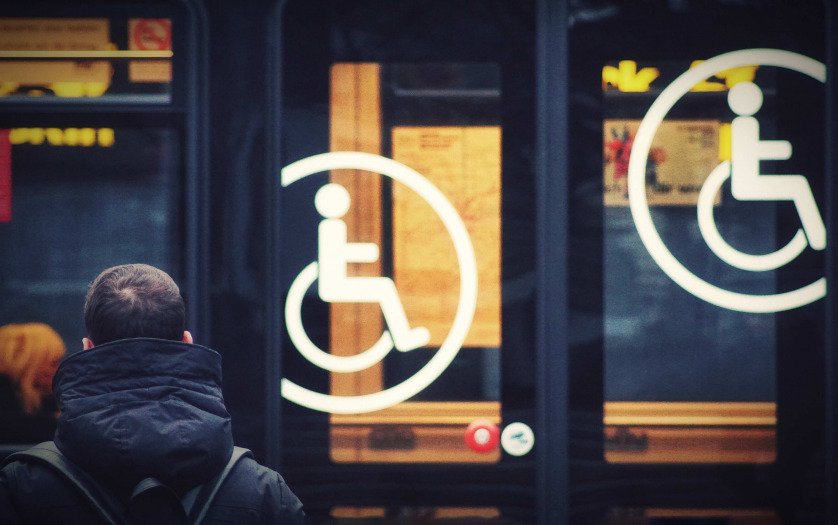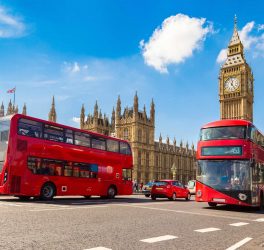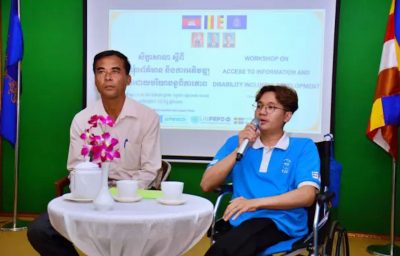
Australia’s new guidelines on ensuring accessibility for persons with disabilities for public transport operators and providers have been launched by Disability Discrimination Commissioner Dr Ben Gauntlett.
The Australian Human Rights Commission partnered with the Department of Infrastructure, Transport, Regional Development and Communications on the development of the ‘Guidelines: Equivalent Access under the Disability Standards for Accessible Public Transport 2002 (Cth)’.
Dr Gauntlett said the Guidelines provided information on the operation of the equivalent access provisions of the Transport Standards, their interaction with the Disability Discrimination Act 1992 (Cth), and practical guidance regarding considerations when developing or implementing equivalent access measures.
The Transport Standards, together with the Disability Discrimination Act, provide a pathway to accessible public transport, including the provision of “equivalent access” – a process through which equipment or facilities may be varied from what is otherwise required to provide access to public transport, as long as an equivalent standard of amenity, availability, comfort, convenience, dignity, cost and safety is maintained.
More than one in five (21.7%) Australians with disability needs help using transport.
“Public transport by its nature is for everyone. It gets us to school, work, recreation activities and home,” Dr Gauntlett said.
“Its role in connecting all the essential elements of our lives means that ensuring its accessibility is critical.”
The Guidelines were developed in response to operators and providers seeking greater clarity on using the existing Transport Standards equivalent access provisions.
In developing the Guidelines, the Commission conducted a series of targeted consultations with more than 40 organisations, including people with disability and their representatives, operators and providers of public transport, and state and federal government public transport departments.
Consultation also included the release of an Issues Paper and some organisations provided written submissions.
In addition to offering clarity to public transport operators and providers, the Guidelines may also assist people with disability and their representatives in understanding their rights in relation to public transport, and promote collaboration between all stakeholder groups, Dr Gauntlett said.
“I look forward to operators and providers using these Guidelines to ensure that public transport services and infrastructure are accessible.”








